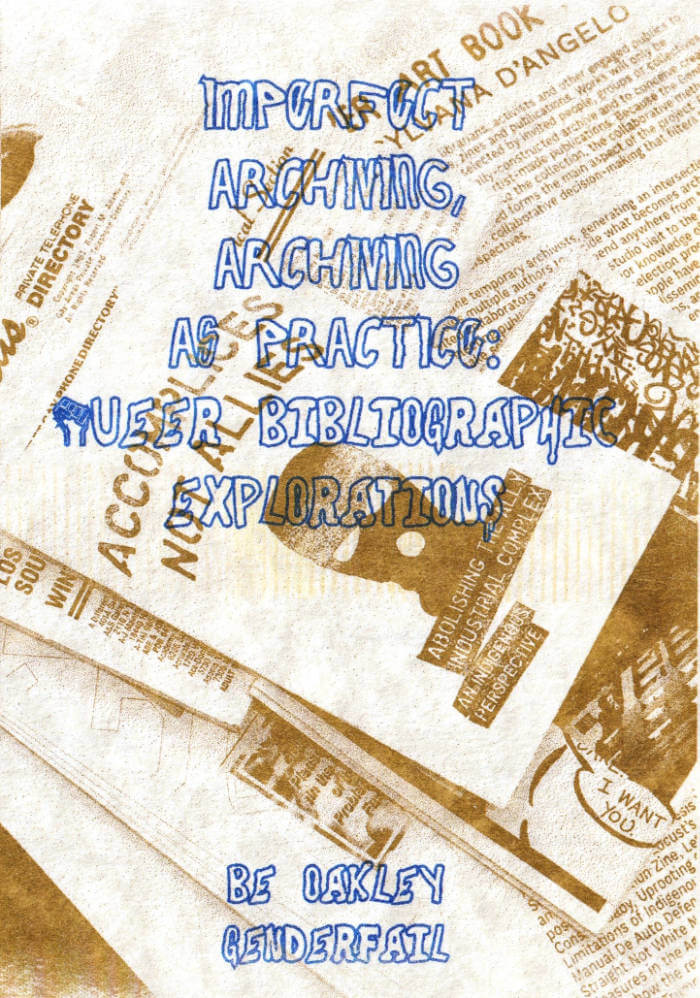
School Of Equals
Stijn Van Dorpe, Sarah Késenne
This book navigates the debate on (in)equality and arts education in a variety of ways. The process that editors Stijn van Dorpe and Sarah Késenne used to compile it follows a dialogue in which they provided contexts to one another but also strayed into the complexity of stories, viewpoints, and contradictions. They distinguish three different “politics”; three ways they believe the research has critical power and the potential to trigger action: through active, analytical, and corrective power; (in)consistencies; and (shared) praxis.
The book forms part of a series of projects and activities that they began as an initiative within the Audiovisual and Visual Arts Master at the LUCA School of Arts in Belgium.





